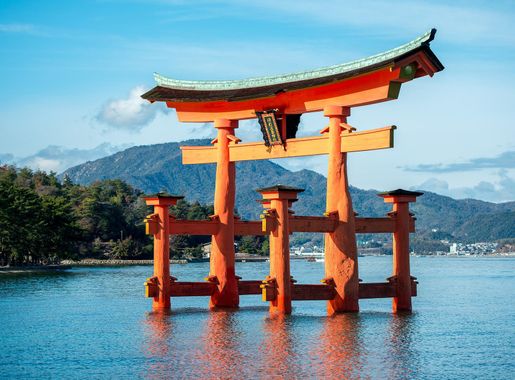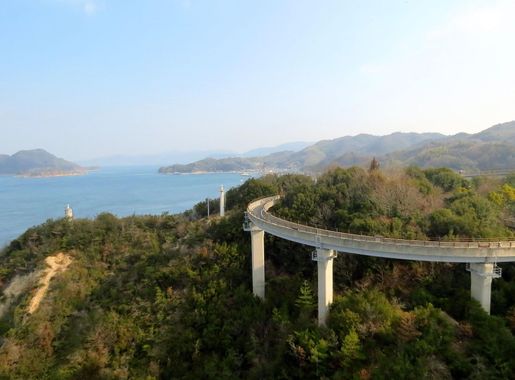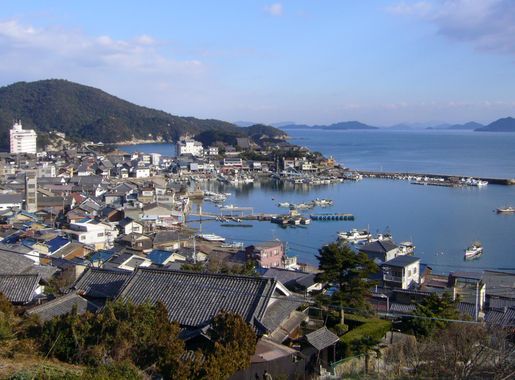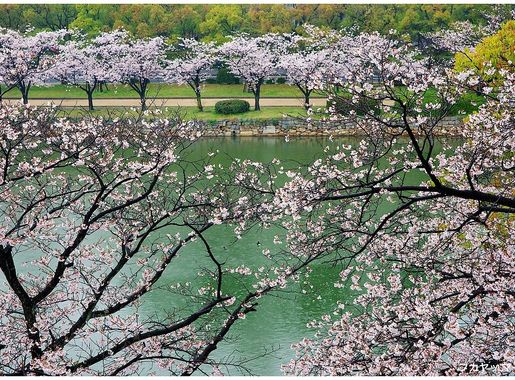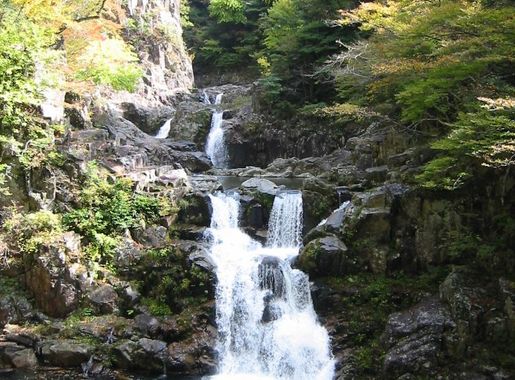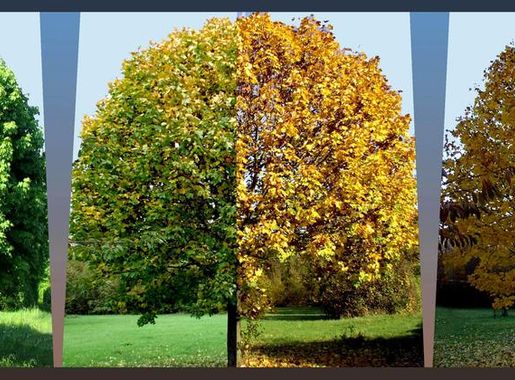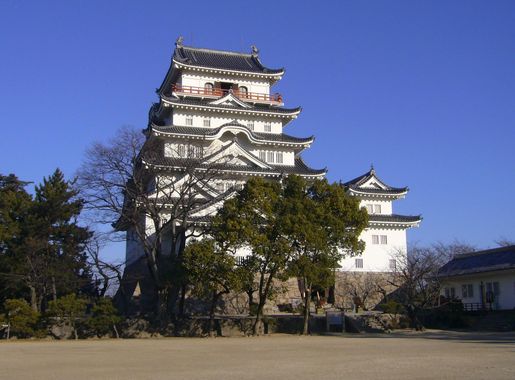
Tranquil Charm: The Hiroshima Countryside
Explore the tranquil beauty of Hiroshima countryside, where lush landscapes, historic sites, and rich cultural experiences await in the heart of Japan.
Nestled away from the bustling city life, the Hiroshima countryside offers a serene escape into Japan's rich natural beauty and cultural heritage. The landscape is dotted with lush rice paddies, traditional Japanese homes, and ancient temples, providing a picturesque backdrop for a relaxing retreat. Visitors can enjoy seasonal delights, from cherry blossoms in spring to vibrant autumn foliage, each offering its own unique charm. The Hiroshima countryside is also home to some of Japan's most treasured historical sites, including the iconic Itsukushima Shrine on Miyajima Island. This UNESCO World Heritage site is famous for its 'floating' torii gate, which appears to drift on the water during high tide. Another must-visit is the Sandankyo Gorge, a hidden gem known for its stunning waterfalls and crystal-clear waters, perfect for hiking and nature photography. For those seeking a deeper cultural experience, the local villages hold festivals and events that showcase traditional Japanese crafts and cuisine. Savoring local delicacies such as Hiroshima-style okonomiyaki and fresh seafood from the Seto Inland Sea is a culinary adventure in itself. The warm hospitality of the locals will make you feel at home as you explore the serene landscapes and rich history of the Hiroshima countryside.
Local tips in Hiroshima countryside
- Visit during spring or autumn for the most scenic views of cherry blossoms or autumn leaves.
- Rent a bicycle to explore the countryside at your own pace and discover hidden gems.
- Stay in a traditional ryokan to experience authentic Japanese hospitality.
- Check local festival dates to experience traditional Japanese culture up close.
- Try Hiroshima-style okonomiyaki at local restaurants for an authentic taste.
Tranquil Charm: The Hiroshima Countryside
Nestled away from the bustling city life, the Hiroshima countryside offers a serene escape into Japan's rich natural beauty and cultural heritage. The landscape is dotted with lush rice paddies, traditional Japanese homes, and ancient temples, providing a picturesque backdrop for a relaxing retreat. Visitors can enjoy seasonal delights, from cherry blossoms in spring to vibrant autumn foliage, each offering its own unique charm. The Hiroshima countryside is also home to some of Japan's most treasured historical sites, including the iconic Itsukushima Shrine on Miyajima Island. This UNESCO World Heritage site is famous for its 'floating' torii gate, which appears to drift on the water during high tide. Another must-visit is the Sandankyo Gorge, a hidden gem known for its stunning waterfalls and crystal-clear waters, perfect for hiking and nature photography. For those seeking a deeper cultural experience, the local villages hold festivals and events that showcase traditional Japanese crafts and cuisine. Savoring local delicacies such as Hiroshima-style okonomiyaki and fresh seafood from the Seto Inland Sea is a culinary adventure in itself. The warm hospitality of the locals will make you feel at home as you explore the serene landscapes and rich history of the Hiroshima countryside.
When is the best time to go to Hiroshima countryside?
Iconic landmarks you can’t miss
Atomic Bomb Dome
Explore the Atomic Bomb Dome, a UNESCO World Heritage Site symbolizing peace and resilience in Hiroshima, and reflect on its profound historical significance.
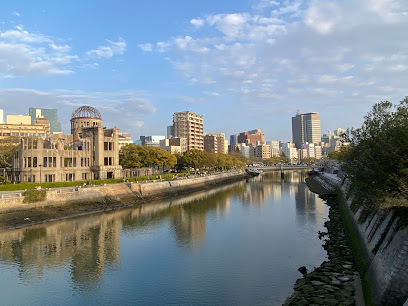
Itsukushima Jinja
Explore the stunning Itsukushima Jinja, a UNESCO World Heritage Site and iconic Shinto shrine, set against the backdrop of Japan's breathtaking landscapes.
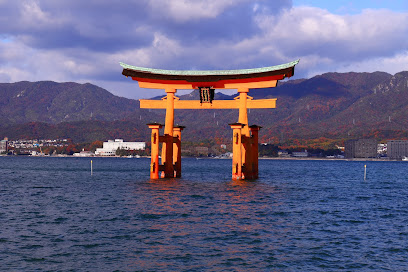
Peace Memorial Park - Hiroshima
Explore Peace Memorial Park, a serene tribute in Hiroshima dedicated to resilience and the memory of those lost in the atomic bombing.
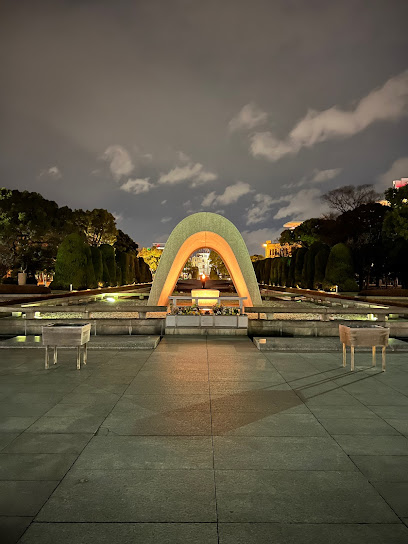
Hiroshima Peace Memorial Museum
Explore the profound history of Hiroshima at the Peace Memorial Museum, a tribute to resilience, peace, and the enduring human spirit.
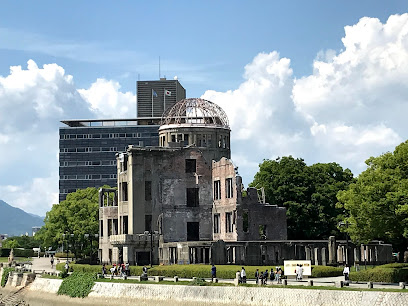
Hiroshima Castle
Experience the rich history and stunning beauty of Hiroshima Castle, a symbol of resilience and Japanese architectural grandeur in the heart of Hiroshima.

Shukkeien Garden
Discover the tranquil beauty of Shukkeien Garden, a historical oasis in Hiroshima, where nature and culture intertwine in serene harmony.
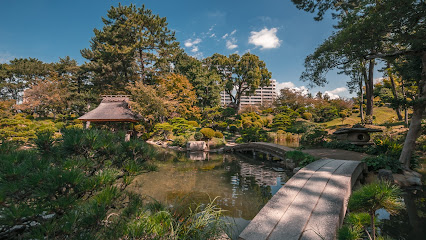
HIROSHIMA STATION
Discover Hiroshima Station, your gateway to exploring the rich history and vibrant culture of Hiroshima, Japan's resilient city.
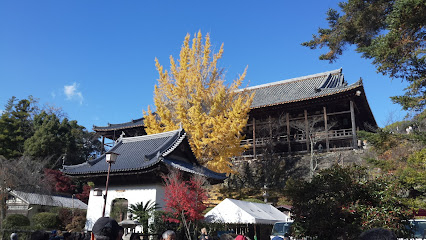
Hiroshima National Peace Memorial Hall
Explore Hiroshima National Peace Memorial Hall: A powerful war museum dedicated to peace, resilience, and the memory of atomic bomb victims.
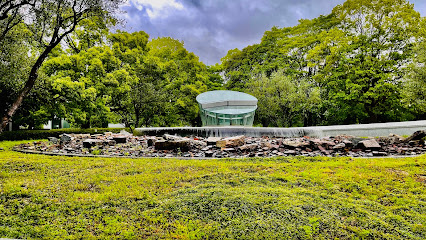
Shishiiwa Observatory
Discover stunning vistas and serene tranquility at Shishiiwa Observatory, a premier observation deck in Miyajima overlooking Itsukushima Shrine.
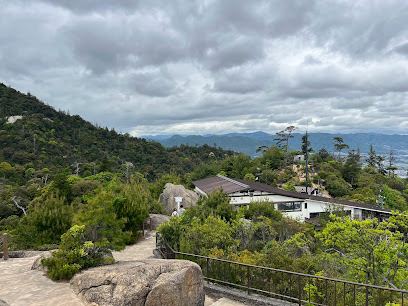
Children's Peace Monument
Visit the Children's Peace Monument in Hiroshima, a poignant symbol of hope and peace honoring the lives lost during the atomic bombing.

Flame of Peace
Explore the Flame of Peace in Hiroshima, a poignant symbol of hope and resilience amidst the echoes of history, inspiring a future of peace.
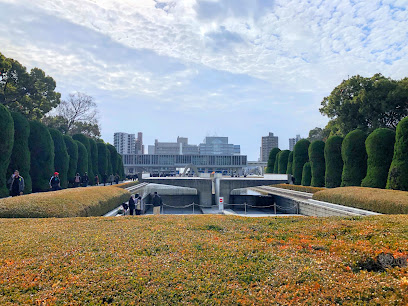
旧笠井邸
Discover the charm and history of Takehara's Historical Landmark, a must-visit destination in Hiroshima that immerses you in Japan's rich cultural heritage.
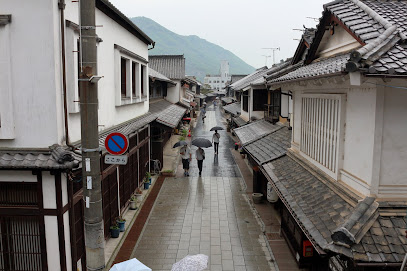
Ruins of Hiroshima Imperial Army Headquarters
Explore the poignant Ruins of Hiroshima Imperial Army Headquarters, a historical landmark symbolizing resilience, peace, and the lessons of history.
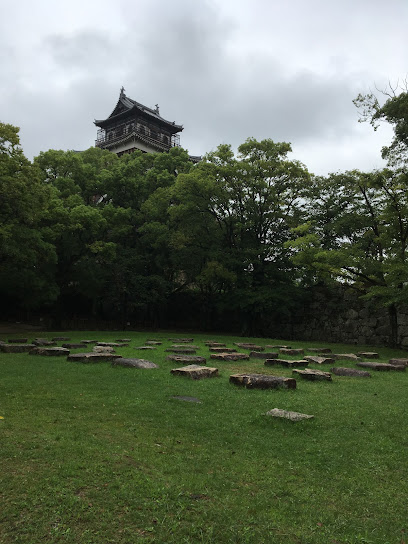
Clock Tower of Peace
Discover the Clock Tower of Peace in Hiroshima, a stunning symbol of resilience surrounded by serene parks and a rich history of hope and reconciliation.
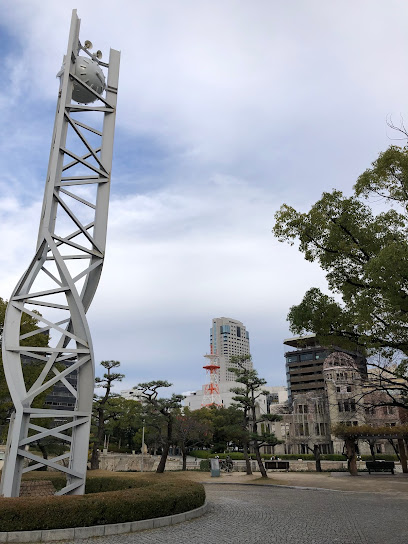
(公財)広島観光コンベンションビューロー 企画総務部・MICE推進部
Explore the Hiroshima Peace Memorial Foundation: A poignant journey through history, resilience, and the unwavering call for peace.

Unmissable attractions to see
Hiroshima Museum of Art
Explore the Hiroshima Museum of Art, a cultural haven showcasing exquisite Western and Japanese masterpieces in a serene setting.
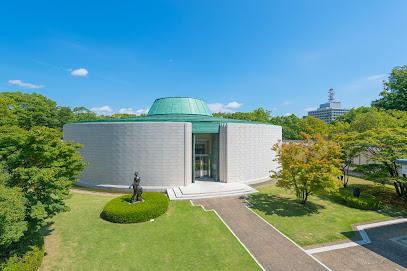
Hiroshima Museum of Art
Explore the Hiroshima Museum of Art, a cultural gem showcasing the blend of Japanese and European art amidst the spirit of resilience in Hiroshima.

Hiroshima Gokoku Shrine
Explore the serene Hiroshima Gokoku Shrine, a peaceful Shinto sanctuary honoring the spirits of those who served in wars, set amidst beautiful gardens.
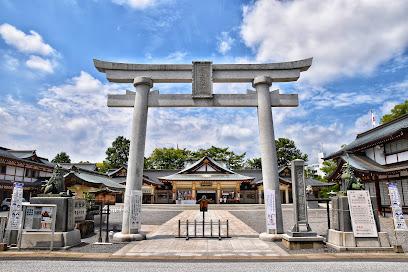
Hiroshima Botanical Garden
Explore the Hiroshima Botanical Garden, a stunning floral sanctuary in Saeki Ward, showcasing diverse plant species and serene landscapes for a perfect escape.

Hiroshima National Peace Memorial Hall for the Atomic Bomb Victims
Explore the Hiroshima National Peace Memorial Hall, a poignant tribute to the victims of war and a powerful advocate for global peace.
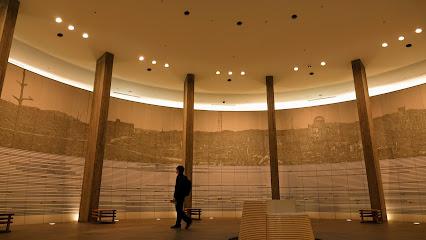
Hokokujinja Senjokaku Pavilion
Explore the serene beauty and rich cultural heritage of Hokokujinja Senjokaku Pavilion, a must-visit Shinto shrine on Miyajima Island.
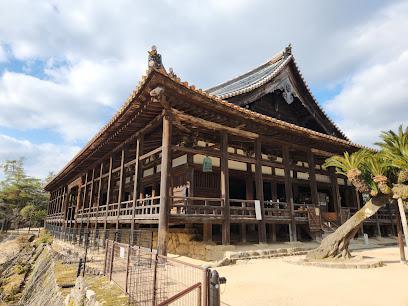
Pokémon Center Hiroshima
Explore the vibrant Pokémon Center Hiroshima, your ultimate destination for exclusive merchandise and an immersive Pokémon experience in Japan.
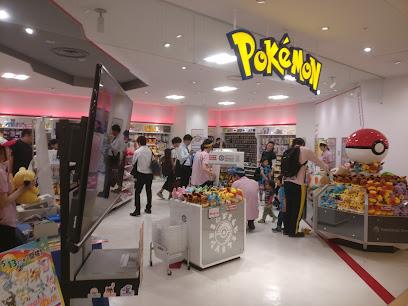
Kagamiyama Park
Discover the serene beauty of Kagamiyama Park in Higashihiroshima, where nature and culture blend harmoniously for an unforgettable experience.
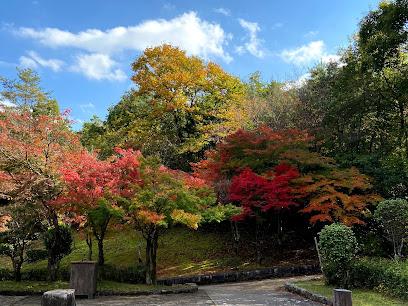
Sandankyo
Explore the stunning landscapes and serene beauty of Sandankyo Gorge in Hiroshima, a paradise for nature lovers and adventure seekers.
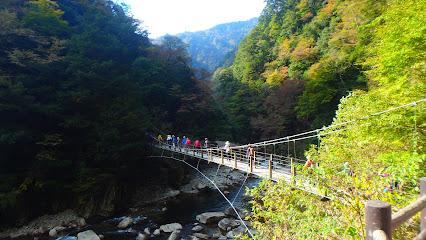
Fukuromachi Park
Discover tranquility and history at Fukuromachi Park, a beautiful green space in the heart of Hiroshima, perfect for relaxation and reflection.
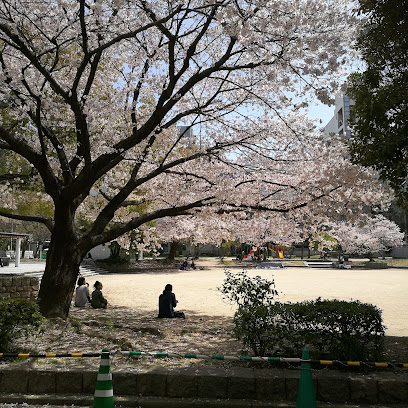
Hiroshima MOCA
Explore Hiroshima MOCA, a contemporary art museum where creativity meets tranquility in the heart of Hijiyamakoen.
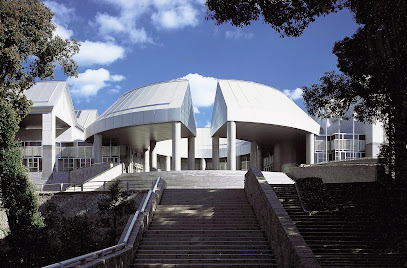
Ebayama Museum of Meteorology
Explore the captivating world of weather science at the Ebayama Museum of Meteorology in Hiroshima, a must-visit for curious travelers.
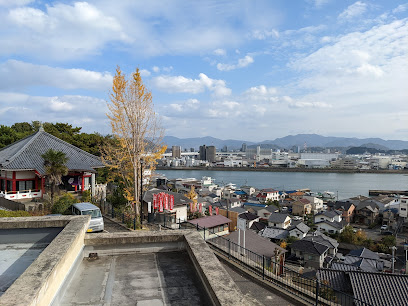
Motoujina Park
Explore the tranquil beauty of Motoujina Park in Hiroshima, a perfect retreat for nature lovers and a cultural hub for local events.
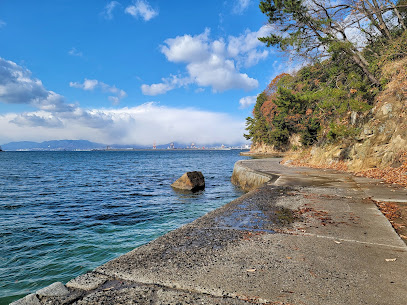
Kamotsuru Sake Brewing Co., Ltd. Head Office
Explore the rich traditions of sake brewing at Kamotsuru Sake Brewing Co. in Higashihiroshima, a must-visit for sake lovers and cultural enthusiasts.
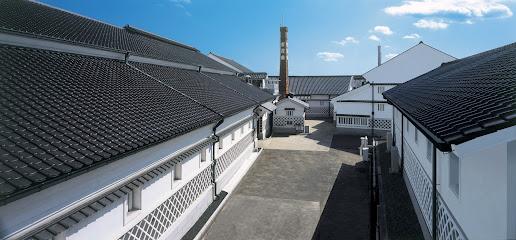
Former Hiroshima Branch of the Bank of Japan
Explore the Former Hiroshima Branch of the Bank of Japan, a historical landmark reflecting the resilience and hope of Hiroshima's recovery post-World War II.
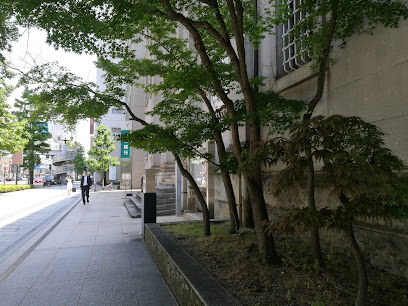
Essential places to dine
Okonomi mura Suigun
Discover the vibrant flavors of Hiroshima at Okonomi Mura Suigun—where every bite tells a story in this iconic okonomiyaki restaurant.
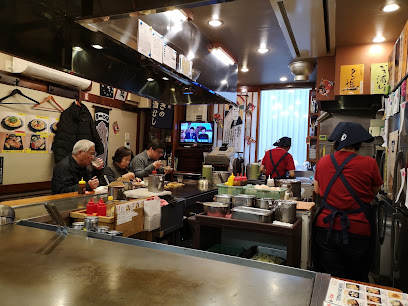
Nagataya
Discover the rich flavors of Hiroshima-style okonomiyaki at Nagataya – where tradition meets taste in every delicious bite.

Mitchan Sohonten Hatchobori
Discover authentic Hiroshima okonomiyaki at Mitchan Sohonten Hatchobori - where tradition meets flavor in every bite.
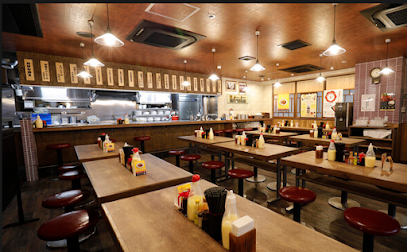
Reichan Hiroshima
Experience the authentic taste of okonomiyaki at Reichan Hiroshima—where tradition meets flavor in every delicious bite.

Okkundou Mazemen
Experience authentic Japanese flavors at Okkundou Mazemen in Hiroshima – where every bowl tells a story.
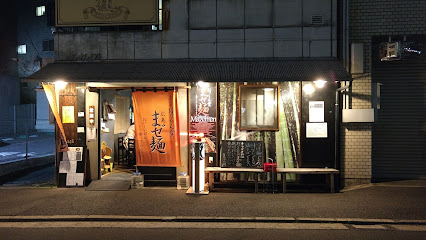
Hassei
Experience authentic Okonomiyaki at Hassei in Hiroshima - where tradition meets flavor in every delicious bite.
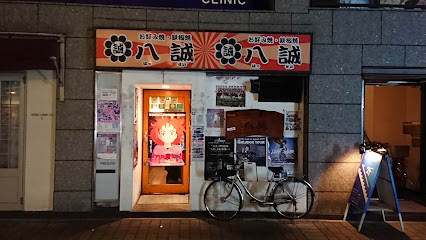
Nonta-sushi Kamiyacho
Experience authentic conveyor belt sushi at Nonta-sushi Kamiyacho in Hiroshima – where freshness meets tradition.
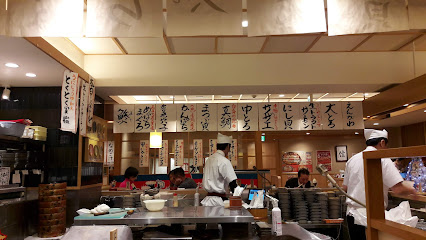
KeMBY's Brew Pub
Experience the vibrant flavors at KeMBY's Brew Pub in Hiroshima – where delicious burgers meet craft beer in a lively atmosphere.
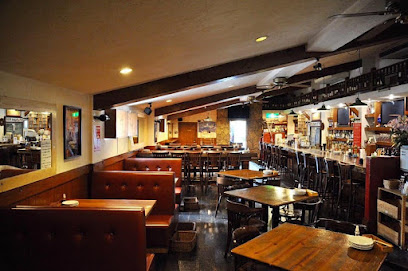
Tsukiakari
Experience authentic Japanese cuisine at Tsukiakari in Hiroshima, featuring kaiseki meals, tempura, seafood delights, and exquisite confectioneries.
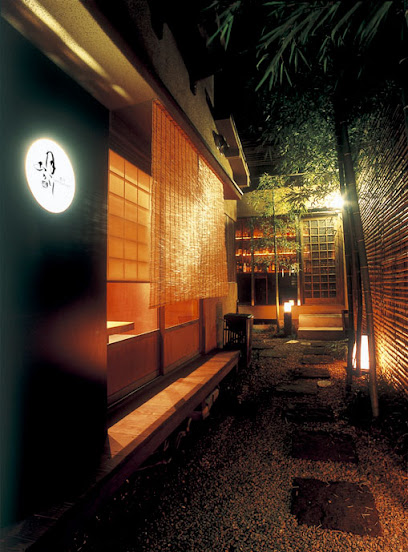
Hazeya
Discover Hazeya in Hiroshima - A haven for Okonomiyaki lovers offering authentic flavors and an inviting atmosphere.
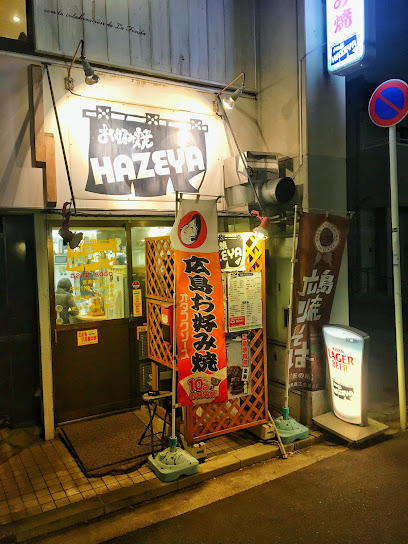
Roopali Indian Restaurant
Discover authentic Indian flavors at Roopali Indian Restaurant in Hiroshima—where every dish tells a story of tradition and taste.
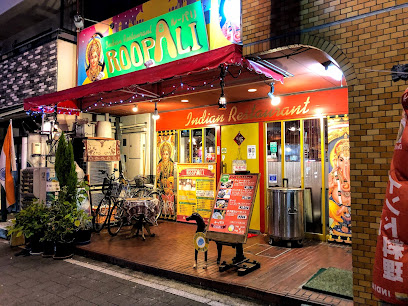
Kome Kome Shokudo
Discover the flavors of Japan at Kome Kome Shokudo in Hiroshima—a casual dining experience offering delicious meals at affordable prices.

Sushitei Hikarimachi
Discover authentic sushi at Sushitei Hikarimachi in Hiroshima – where tradition meets flavor in every bite.
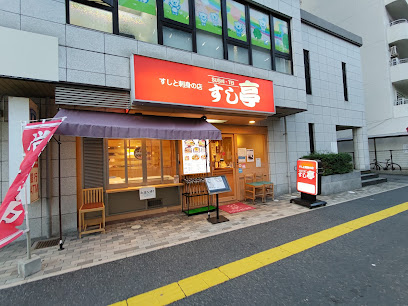
Ristorante Mario
Experience authentic Italian cuisine at Ristorante Mario in Hiroshima—where every dish tells a story of flavor and tradition.
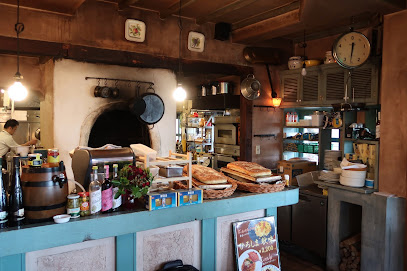
MoreThan HIROSHIMA
Discover MoreThan HIROSHIMA: A fusion of traditional Japanese cuisine and modern flair in an inviting atmosphere.

Markets, malls and hidden boutiques
Hiroshima Peace Memorial Museum
Explore the heart of Hiroshima's history at the Peace Memorial Museum, where stories of resilience and hope inspire a commitment to global peace.
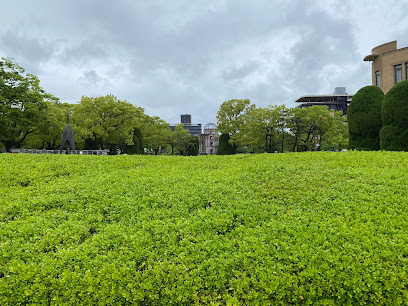
Hiroshima Castle
Explore Hiroshima Castle, a historical treasure offering rich samurai culture, breathtaking views, and serene gardens in the heart of Hiroshima.
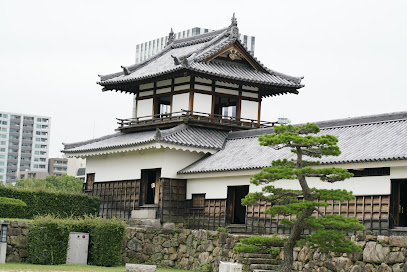
THE OUTLETS HIROSHIMA
Explore The Outlets Hiroshima: A vibrant shopping haven with diverse brands, delicious dining, and a lively atmosphere in Japan.
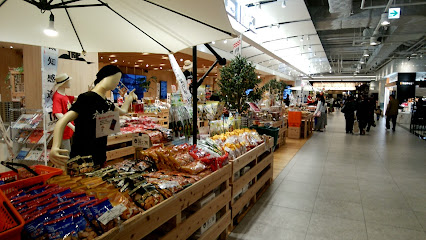
youme Town Hiroshima
Experience the best of shopping and dining at Youme Town Hiroshima, a vibrant mall offering a taste of modern Japanese culture.
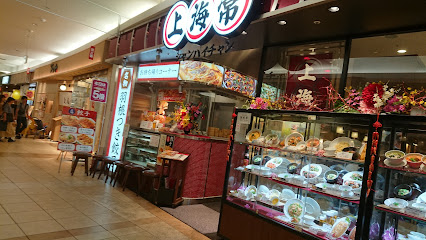
Marina Hop
Explore Hiroshima's Marina Hop: A Shopping Mall Experience with Local Flavors, Stunning Views, and Family-Friendly Fun.
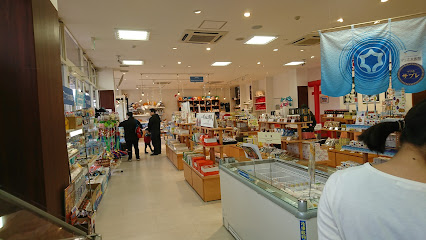
Hiroshima PARCO
Explore Hiroshima PARCO, a premier shopping destination offering diverse retail options, delicious dining, and a glimpse into local culture.

Hiroshima Orizuru Tower
Experience breathtaking views and rich cultural heritage at Hiroshima Orizuru Tower, a must-visit destination for every traveler.
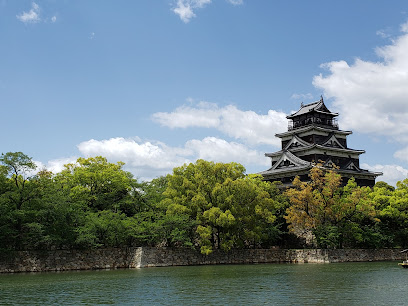
MITSUKOSHI Hiroshima Store
Discover the ultimate shopping experience at Mitsukoshi Hiroshima Store, where local craftsmanship meets global brands in the heart of the city.

Fukuya Hiroshima station square store
Discover the charm of Fukuya Hiroshima Station Square Store, where shopping meets local culture in a vibrant atmosphere.
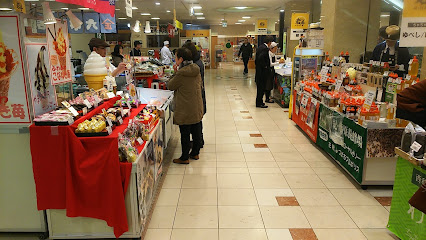
FUJI GRAND Hiroshima
Discover the essence of Hiroshima shopping at FUJI GRAND, where local flavors and unique finds meet in a vibrant atmosphere.
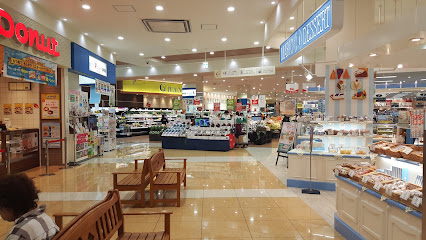
HIROSHIMA STATION
Experience Hiroshima Station: A vibrant transport hub blending modern amenities with rich historical significance in the heart of Hiroshima.
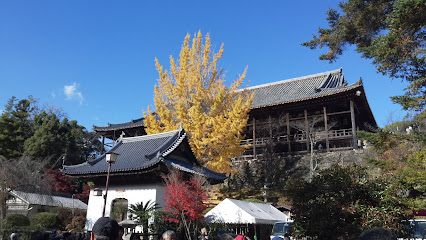
Yamada Denki
Discover cutting-edge technology and diverse electronics at Yamada Denki, Hiroshima's premier shopping destination.
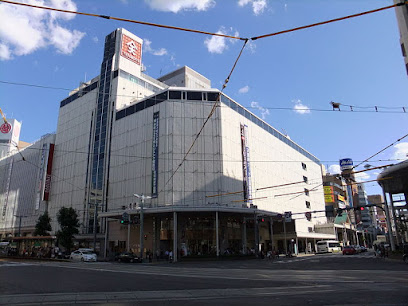
Sunmall
Discover a world of shopping, dining, and entertainment at Sunmall, Hiroshima's bustling shopping haven that caters to every taste and style.
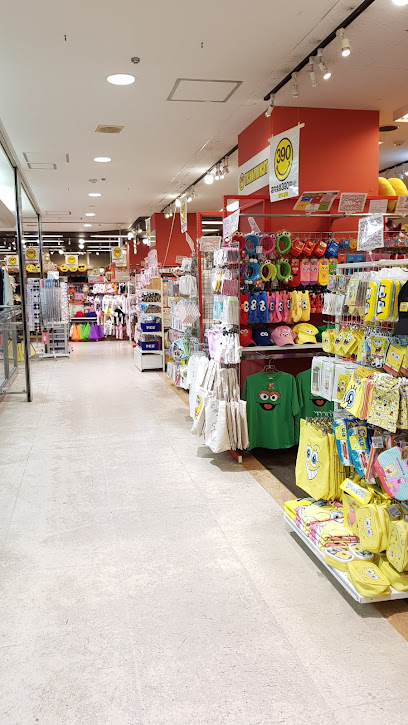
Miyajima Omotesandō Shopping Street
Discover the vibrant Miyajima Omotesandō Shopping Street, where local culture meets delicious street food and unique souvenirs in a breathtaking setting.
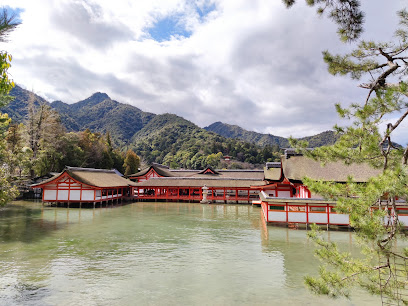
FOLEO Hiroshima-higashi
Discover FOLEO Hiroshima-higashi, a lively shopping mall offering a variety of shops, dining options, and entertainment in Hiroshima, Japan.

Essential bars & hidden hideouts
KeMBY's Brew Pub
Discover a unique blend of flavors at KeMBY's Brew Pub in Hiroshima, where delicious burgers meet craft beers in a lively atmosphere.

Molly Malone’s
Discover the charm of an Irish pub in Hiroshima at Molly Malone’s, where traditional Irish cuisine meets a lively atmosphere.
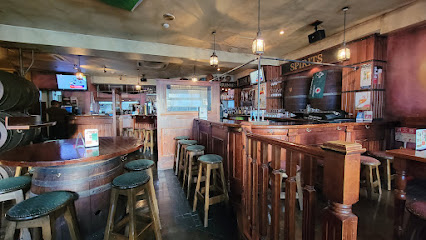
Raku Beer
Discover the vibrant craft beer culture at Raku Beer in Hiroshima, where delicious brews and local flavors come together in a cozy atmosphere.
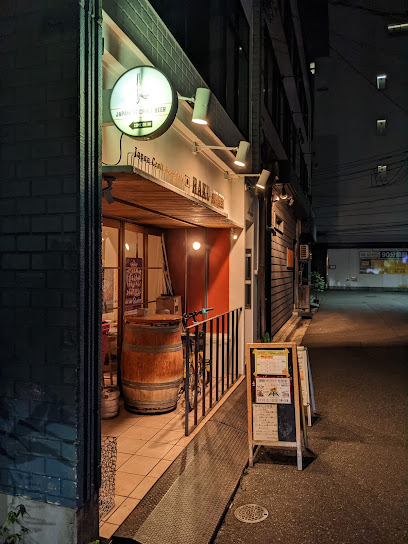
Bar Alegre
Discover Bar Alegre in Hiroshima: A trendy cocktail bar offering a vibrant atmosphere, expertly crafted drinks, and a taste of local nightlife.
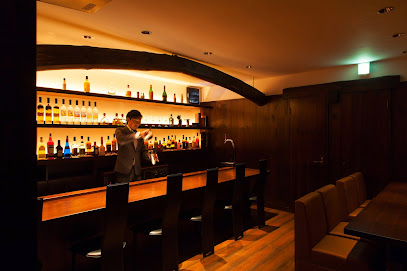
REAL BEER STYLE GOLDEN GARDEN ゴールデンガーデン
Discover REAL BEER STYLE GOLDEN GARDEN in Hiroshima, where craft beer meets delicious cuisine in a lively, welcoming pub atmosphere.
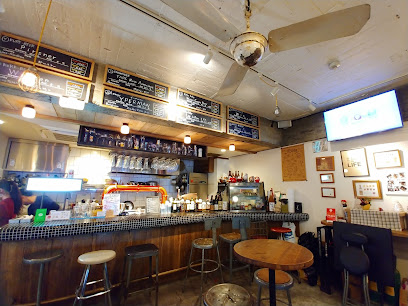
Mac Bar
Discover the charm of Hiroshima at Mac Bar, where a cozy atmosphere meets an extensive drink selection in the heart of Japan.
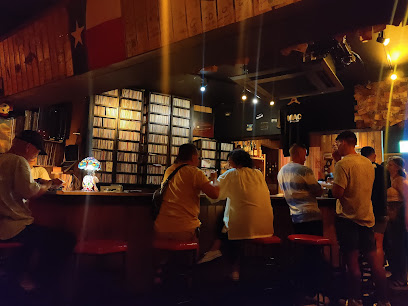
hangout
Experience the best of Hiroshima's craft beer scene at Hangout, where delicious burgers meet a diverse selection of brews.
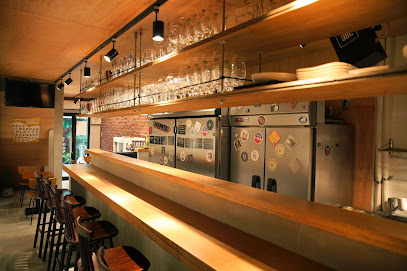
Tropical Bar Revolución
Experience the vibrant nightlife of Hiroshima at Tropical Bar Revolución, where unique cocktails and a lively atmosphere await your arrival.
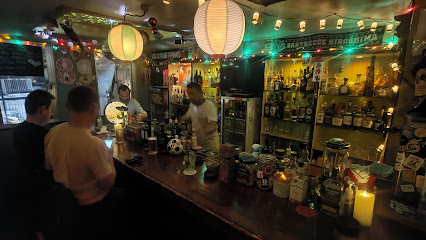
Bar the Lounge Top Note
Discover the elegance of Bar the Lounge Top Note in Hiroshima, a haven for exquisite cocktails and serene Japanese garden views.
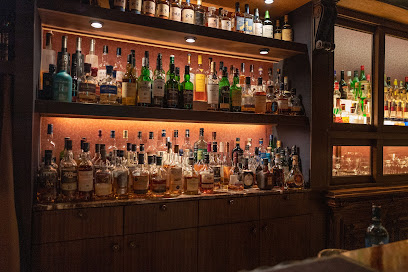
Bar Yoh
Discover Bar Yoh in Hiroshima: A stylish bar serving innovative cocktails and fostering a lively social scene, perfect for nightlife enthusiasts.
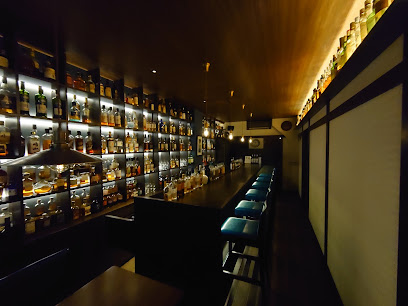
段原Little Standard 靴を脱いで寛ぐStyle
Discover the cozy charm of 段原Little Standard, a unique bar in Hiroshima where you can unwind and savor exceptional drinks in a stylish setting.
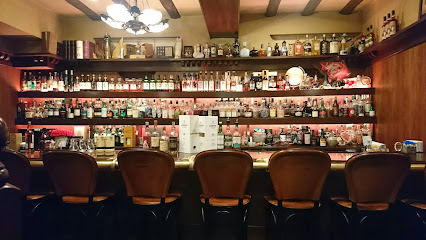
SAND BAR
Experience Hiroshima's vibrant nightlife at Sand Bar, where exceptional cocktails and a lively atmosphere await every visitor.
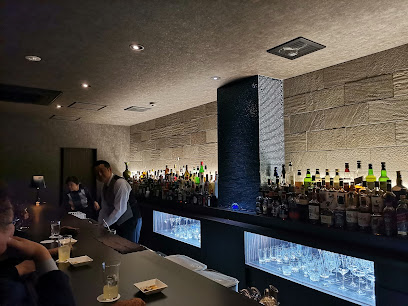
BAR 陀陀
Discover the vibrant nightlife at BAR 陀陀 in Hiroshima, offering exquisite drinks and delectable dishes in a cozy atmosphere.
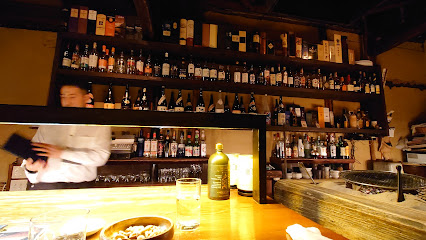
Bar Usquebaugh
Discover Bar Usquebaugh, Hiroshima's hidden gem for exquisite cocktails and a vibrant nightlife experience, perfectly blending modern design with traditional charm.
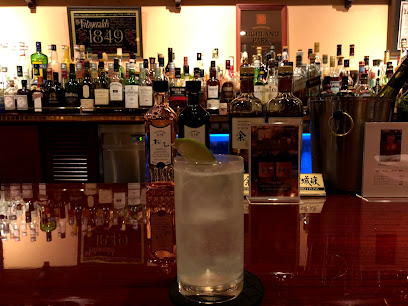
BAR GARDAMAIR
Experience the vibrant nightlife of Hiroshima at Bar Gardamair, where local flavors and a warm atmosphere come together for an unforgettable evening.
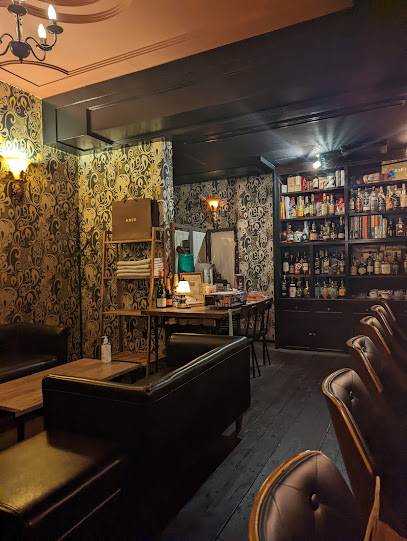
Local Phrases about Hiroshima countryside
-
- Helloこんちは
[konchīwa] - Goodbyeさようなら
[sayōnara] - Yesはい
[hai] - Noいいえ
[iie] - Please/You're welcomeどうぞ
[dōzo] - Thank youありがとうございます
[arigatō gozaimasu] - Excuse me/Sorryすみません
[sumimasen] - How are you?お元気ですか?
[ogenki desu ka?] - Fine. And you?元気です。あなたは?
[genki desu. anata wa?] - Do you speak English?英語を話せますか?
[eigo o hanasemasu ka?] - I don't understandわかりません
[wakarimasen]
- Helloこんちは
-
- I'd like to see the menu, pleaseメニューを見せてください
[menyū o misete kudasai] - I don't eat meat肉は食べません
[niku wa tabemasen] - Cheers!乾杯!
[kanpai] - I would like to pay, pleaseお会計をお願いします
[okaikei o onegaishimasu]
- I'd like to see the menu, pleaseメニューを見せてください
-
- Help!助けて!
[tasukete!] - Go away!去ってください!
[satte kudasai!] - Call the Police!警察を呼んで!
[keisatsu o yonde!] - Call a doctor!医者を呼んで!
[isha o yonde!] - I'm lost道に迷っています
[michi ni mayotte imasu] - I'm ill具合が悪いです
[guai ga warui desu]
- Help!助けて!
-
- I'd like to buy...買いたいです...
[kaitai desu...] - I'm just looking見ているだけです
[mite iru dake desu] - How much is it?いくらですか?
[ikura desu ka?] - That's too expensiveそれは高すぎます
[sore wa takasugimasu] - Can you lower the price?値引きしてもらえますか?
[nedashiki shite moraemasu ka?]
- I'd like to buy...買いたいです...
-
- What time is it?今何時ですか?
[ima nanji desu ka?] - It's one o'clock一時です
[ichiji desu] - Half past (10)十時半です
[jūji han desu] - Morning朝
[asa] - Afternoon午後
[gogo] - Evening夕方
[yūgata] - Yesterday昨日
[kinō] - Today今日
[kyō] - Tomorrow明日
[ashita] - 1一
[ichi] - 2二
[ni] - 3三
[san] - 4四
[shi] - 5五
[go] - 6六
[roku] - 7七
[nana] - 8八
[hachi] - 9九
[kyū] - 10十
[jū]
- What time is it?今何時ですか?
-
- Where's a/the...?…はどこですか?
[… wa doko desu ka?] - What's the address?住所は何ですか?
[jūsho wa nan desu ka?] - Can you show me (on the map)?地図で見せてもらえますか?
[chizu de misete moraemasu ka?] - When's the next (bus)?次の(バス)はいつですか?
[tsugi no (basu) wa itsu desu ka?] - A ticket (to ....)(…への)チケット
[… e no chiketto]
- Where's a/the...?…はどこですか?
History of Hiroshima countryside
-
The Hiroshima countryside offers a serene contrast to the bustling city, rich with natural beauty, traditional culture, and a deep sense of history. This region is dotted with charming villages, ancient shrines, and historical sites that tell stories of a past that has shaped the present-day landscape.
-
During the Edo period, the Hiroshima Domain was established under the feudal system. It was ruled by the Asano clan from Hiroshima Castle, which became the political and economic center of the region. The countryside supported the domain with its agriculture, particularly rice farming, which was a significant part of the local economy.
-
Miyajima, also known as Itsukushima, is an island located in Hiroshima Bay and is considered a sacred site. The Itsukushima Shrine, with its iconic 'floating' torii gate, is a UNESCO World Heritage Site. The shrine dates back to the 6th century and reflects the deep spiritual connection the local people have with nature and Shinto beliefs.
-
While the city of Hiroshima is infamous for the devastation caused by the atomic bomb on August 6, 1945, the countryside also felt the effects. Many villages provided refuge for survivors fleeing the city and participated in relief efforts. The bomb's impact led to significant changes in the rural landscape and population dynamics.
-
The Hiroshima countryside is known for its traditional crafts, such as Kumano brushes, which are highly prized for calligraphy and makeup. The town of Kumano, in particular, has a long history of brush-making dating back to the Edo period. Another notable craft is the production of sake, with breweries in Saijo being renowned for their high-quality sake.
-
The Hiroshima region has faced several natural disasters, including heavy rains and landslides. The countryside has shown remarkable resilience, with communities coming together to rebuild and support each other. These events have also led to improvements in infrastructure and disaster preparedness.
-
In recent decades, there has been a focus on balancing modern development with the preservation of the countryside's natural and cultural heritage. Efforts have been made to promote sustainable tourism, encourage the younger generation to engage in traditional practices, and protect historical sites and natural landscapes.
-
The Hiroshima countryside is alive with seasonal festivals that celebrate the agricultural calendar and local traditions. One of the most famous is the Hiroshima Flower Festival in spring, which showcases the region's vibrant flowers and culture. Autumn brings the harvest festivals, where locals give thanks for the bounty of the land.
Hiroshima countryside Essentials
-
Hiroshima countryside can be accessed via Hiroshima Airport, which is the nearest major airport. From Hiroshima Airport, you can take a bus or taxi to Hiroshima City. The journey takes approximately 50 minutes by bus. From Hiroshima City, you can use the extensive train network to reach various towns and villages in the countryside. JR trains and local buses are frequent and reliable. Renting a car is also a viable option for more flexibility.
-
In Hiroshima countryside, the primary modes of transportation include trains, buses, and taxis. The JR Sanyo Main Line and Kabe Line are prominent rail routes connecting various towns. Buses are available for local travel and reaching remote areas. Renting a car is convenient for exploring rural areas at your own pace. Consult local schedules as services may be less frequent in more remote locations.
-
The official currency in Japan is the Japanese Yen (JPY). Credit cards are widely accepted in larger towns, hotels, and restaurants, but it is advisable to carry cash, especially in rural areas. ATMs are available at convenience stores and post offices. Ensure you have sufficient cash when traveling to remote areas, as ATMs may not be readily accessible.
-
Hiroshima countryside is generally very safe for tourists. Violent crime is rare, but petty theft can occur, particularly in tourist-heavy areas. Avoid leaving valuables unattended and be cautious in crowded places. There are no specific high-crime areas targeting tourists, but standard travel precautions are recommended.
-
In case of emergency, dial 110 for police and 119 for fire and medical services. Hospitals and clinics are available in larger towns, but medical facilities in rural areas may be limited. It is advisable to have travel insurance that covers medical emergencies. Pharmacies are available for minor health issues, and many staff members speak basic English.
-
Fashion: Do dress modestly and comfortably. Avoid overly revealing clothing. Traditional attire is appreciated in religious sites. Religion: Do respect local customs and traditions. Always remove shoes when entering temples and shrines. Public Transport: Do be respectful and quiet on public transport. Don't speak loudly or make phone calls. Greetings: Do greet people with a polite bow. Handshakes are less common but acceptable. Eating & Drinking: Do try local cuisine and be open to new foods. Don't leave food on your plate, as it is considered wasteful.
-
To experience Hiroshima countryside like a local, visit the morning markets where you can buy fresh produce and local crafts. Engage with locals, as they are often very friendly and willing to share insights about the area. Don't miss visiting historic sites such as the Tomonoura fishing village and the scenic Shimanami Kaido cycling route. For a unique experience, participate in local festivals and try traditional Japanese tea ceremonies.
Trending Landmarks in Hiroshima countryside
-
Atomic Bomb Dome
-
Itsukushima Jinja
-
Peace Memorial Park - Hiroshima
-
Hiroshima Peace Memorial Museum
-
Hiroshima Castle
-
Shukkeien Garden
-
HIROSHIMA STATION
-
Hiroshima National Peace Memorial Hall
-
Shishiiwa Observatory
-
Children's Peace Monument
-
Flame of Peace
-
旧笠井邸
-
Ruins of Hiroshima Imperial Army Headquarters
-
Clock Tower of Peace
-
(公財)広島観光コンベンションビューロー 企画総務部・MICE推進部
Nearby Cities to Hiroshima countryside
-
Things To Do in Fukuoka
-
Things To Do in Osaka
-
Things To Do in Nara
-
Things To Do in Kyoto
-
Things To Do in Ulsan
-
Things To Do in Busan
-
Things To Do in Gyeongju
-
Things To Do in Pohang
-
Things To Do in Daegu
-
Things To Do in Andong
-
Things To Do in Nagoya
-
Things To Do in Kanazawa
-
Things To Do in Suncheon
-
Things To Do in Daejeon
-
Things To Do in Jeonju

